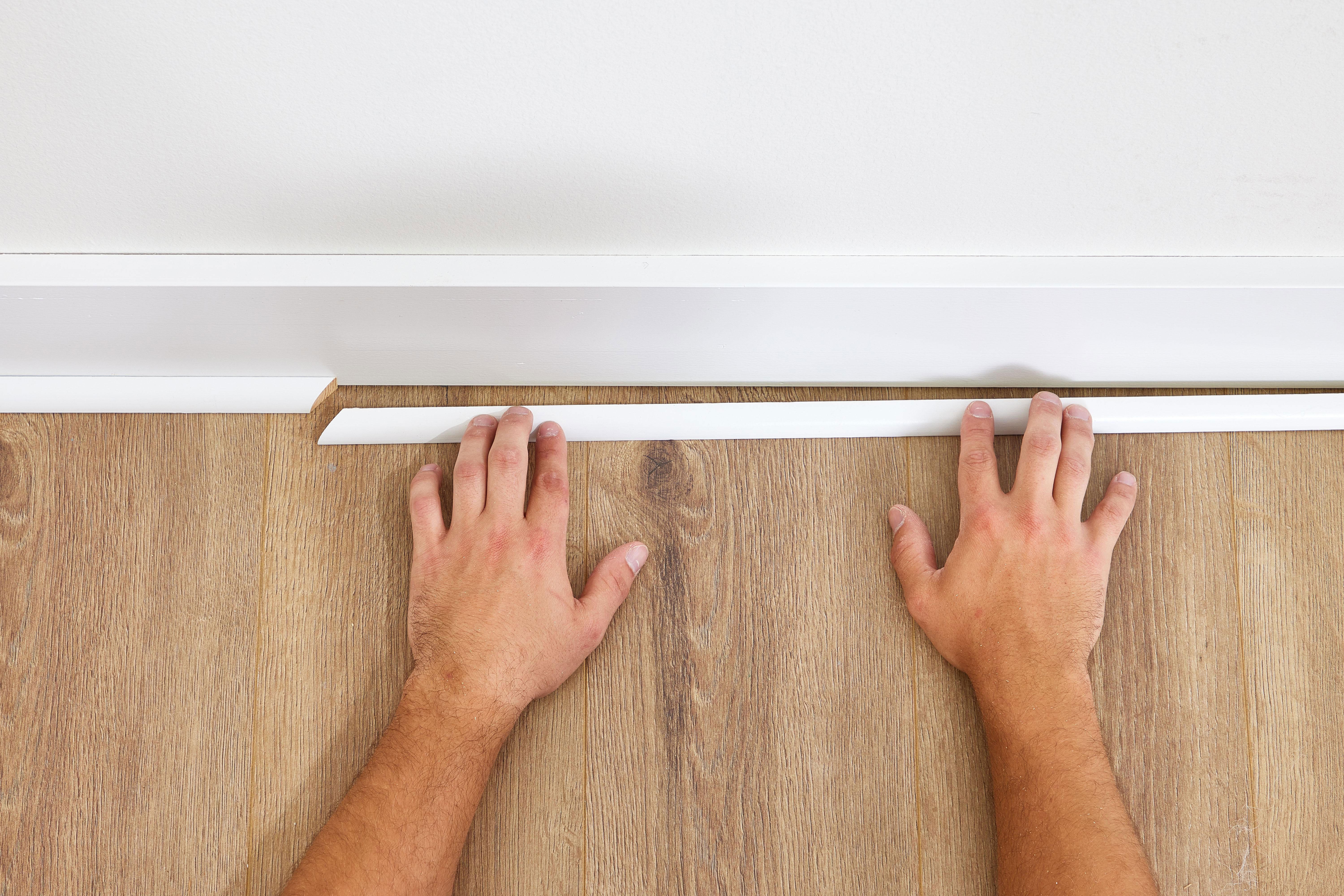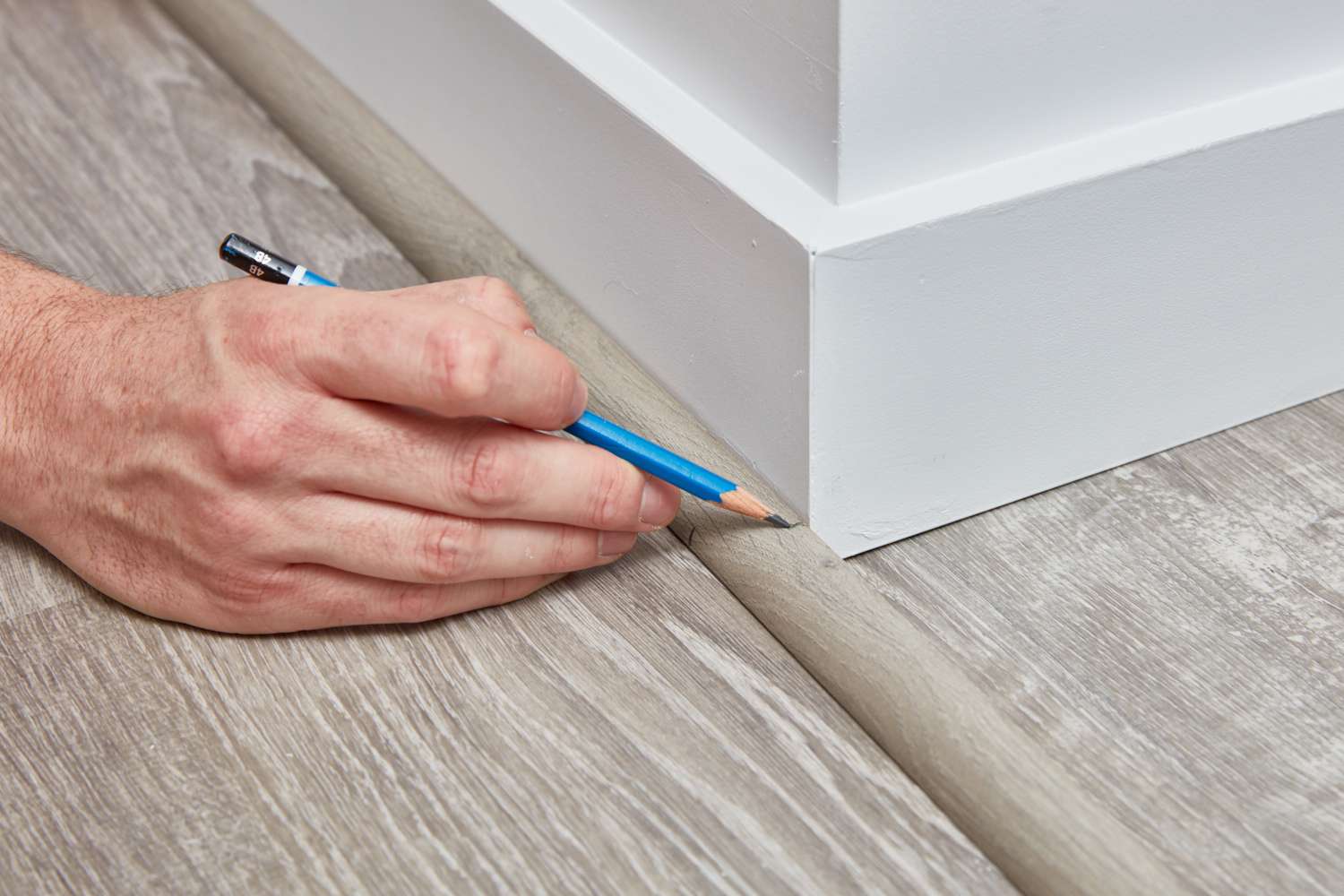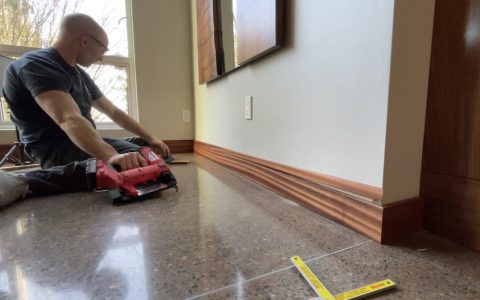Baseboard and shoe moulding work together to create a finished look at the junction of walls and floors. The baseboard is the primary trim, while shoe moulding is a smaller, complementary piece installed at the foot of the baseboard.
Understanding the Components
Baseboard: This is the larger, decorative wooden or MDF trim that runs along the bottom of an interior wall. Its primary functions are to protect the wall from scuffs and impacts, and to cover the gap between the wall surface and the floor.
Shoe Moulding: Also known as base shoe, this is a thin strip of moulding, typically with a quarter-round or a more subtle convex profile. It is installed against the bottom edge of the baseboard, covering any gaps or imperfections between the baseboard and the flooring material.

Key Benefits of Using Shoe Moulding
- Conceals Gaps: Shoe moulding effectively hides uneven gaps between the baseboard and the floor, which are common, especially with floating floors (like laminate or LVP) that require expansion space, or in older homes with settled floors.
- Enhanced Aesthetics: It provides a more detailed and polished transition, adding a layer of visual interest and a sense of completeness to the room's trim work.
- Protection: It offers an additional layer of protection to the baseboard from mopping, vacuuming, and foot traffic.
- Flexibility: Shoe moulding is more flexible than baseboard, allowing it to conform better to slight irregularities in the floor.
Installation Considerations
Nailing: Shoe moulding should be nailed into the baseboard, not into the floor. This allows the flooring to expand and contract freely beneath it, which is crucial for floating floors. Use finish nails for a discreet look.
Cuts: Mitered cuts are required for inside and outside corners to ensure a clean fit. Cope joints are often preferred for inside corners for a tighter, more professional finish.
Material and Style: Shoe moulding is available in various materials, including solid wood (pine, oak), MDF, and PVC. The style and material should ideally match or complement the existing baseboard and overall room decor. The most common profiles are quarter-round and a specific "shoe mould" profile, which is slightly taller than it is wide, offering a more elegant look than a true quarter-round.
When to Use Shoe Moulding
While not always strictly necessary, shoe moulding is highly recommended in several situations:
- When installing new hard surface flooring (hardwood, laminate, LVT) that leaves an expansion gap.
- If existing floors are uneven, resulting in visible gaps under the baseboard.
- To achieve a more traditional, detailed, or upscale look.
- When baseboards are tall, shoe moulding can help balance the proportions.
In essence, combining baseboard with shoe moulding offers both functional and aesthetic advantages, contributing to a well-executed and durable interior finish.











